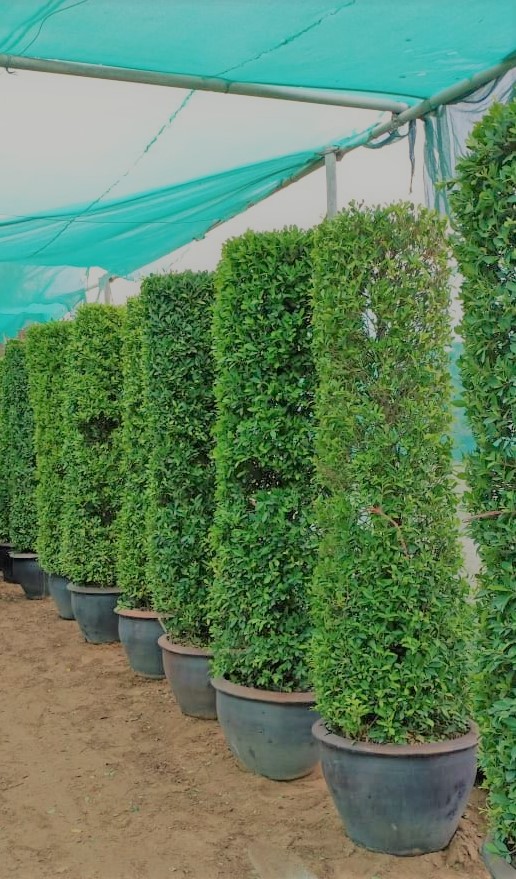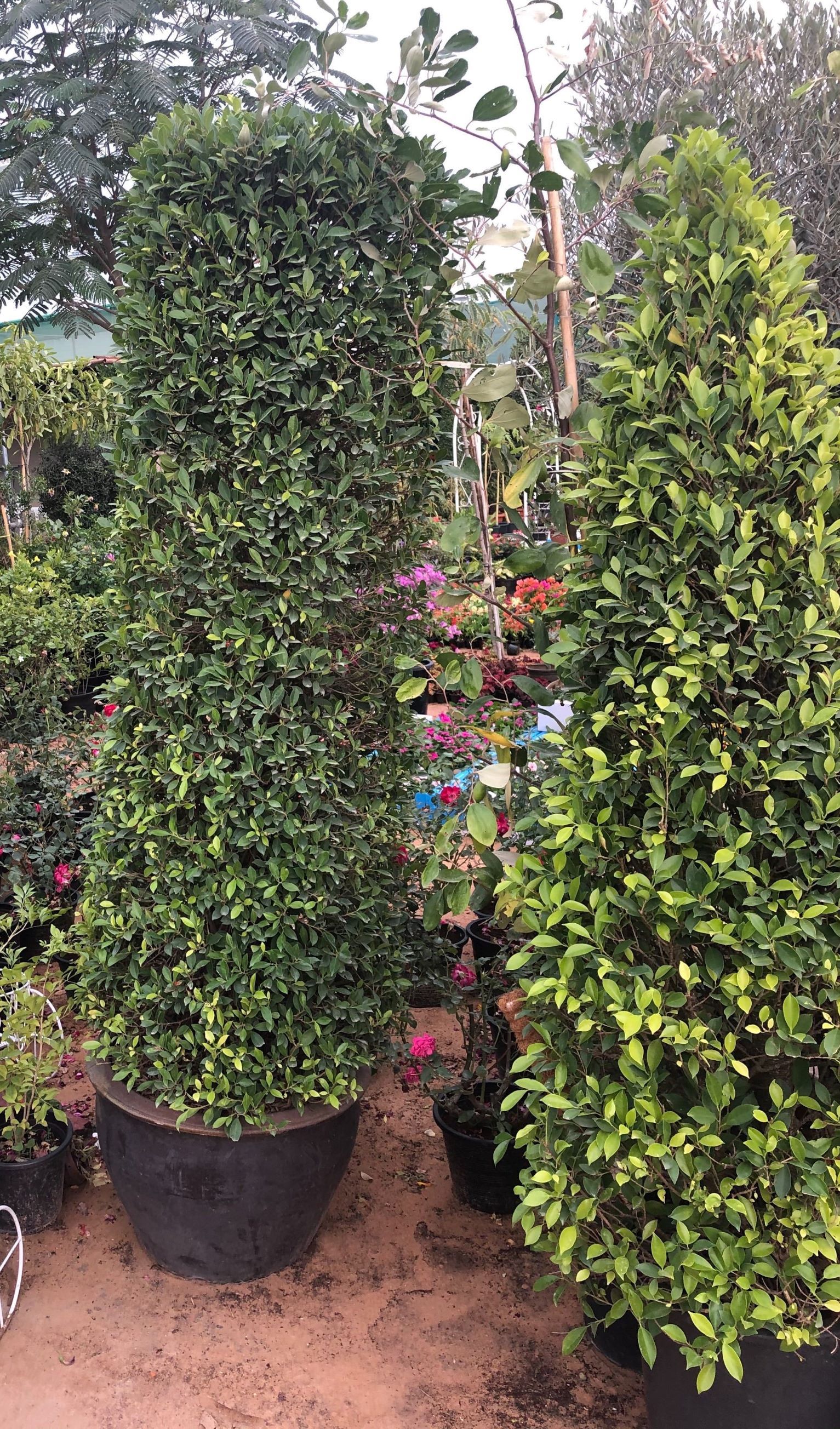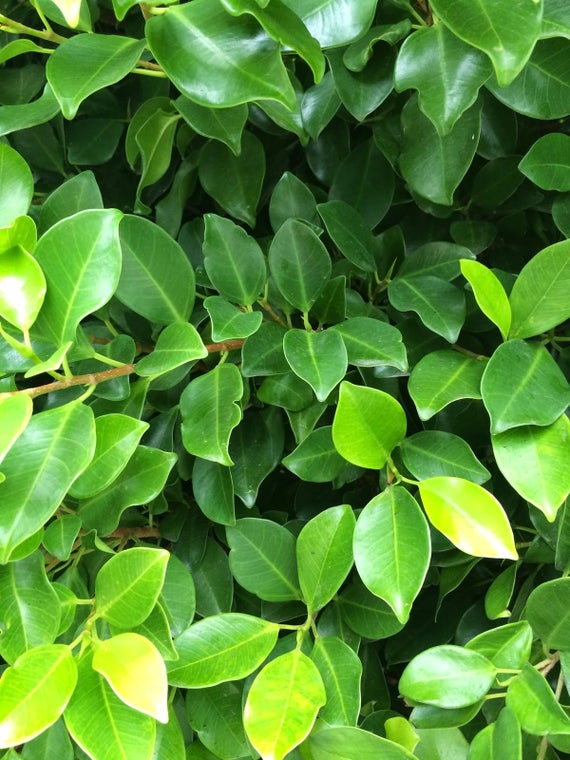Plant Bio
Ficus microcarpa nitida, commonly known as Indian Laurel Fig or Ficus Nitida, is a popular evergreen tree that is often used for its dense and attractive foliage. It is native to Asia and is known for its adaptability and ability to thrive in various growing conditions. Here's a description and care guide for Ficus microcarpa nitida:
Description:
Leaves: The leaves of Ficus microcarpa nitida are glossy, small, and oval-shaped. They are typically a rich dark green color. The leaves are densely packed on the branches, giving the tree its characteristic lush and dense appearance.
Growth Habit: Ficus Nitida can be grown as a large shrub or trained into a small to medium-sized tree. It has a dense and symmetrical growth habit with a rounded crown.
Fruits: The tree produces small, inconspicuous fruit that is not typically the main attraction of the plant.
Care:
Sunlight: Ficus microcarpa nitida thrives in bright, indirect light. While it can tolerate some direct sunlight, it's best to avoid exposing it to intense, full sun, as this can lead to leaf burn. Place it near a window with filtered light or in a location with partial shade.
Temperature: This tree prefers warm temperatures and is sensitive to cold drafts and frost. It's best suited for USDA hardiness zones 9 to 11. If grown in a colder climate, consider keeping it as a houseplant or bringing it indoors during the colder months.
Watering: Keep the soil consistently moist but not soggy. Allow the top inch (2.5 cm) of soil to dry out before watering again. Adjust the frequency of watering based on the temperature and humidity levels. Avoid waterlogging, as it can lead to root rot.
Soil: Ficus microcarpa nitida prefers well-draining soil that retains some moisture. A mixture of peat moss, perlite, and regular potting soil works well. Ensure the pot has good drainage to prevent waterlogging.
Humidity: These trees appreciate higher humidity levels. If you're growing Ficus Nitida indoors, you can increase humidity by misting the leaves regularly or using a humidity tray filled with water and pebbles.
Fertilization: Feed the tree with a balanced, liquid fertilizer every 4 to 6 weeks during the growing season (spring and summer). Dilute the fertilizer to half the recommended strength to avoid overfeeding. Reduce or stop fertilizing during the winter months.
Pruning: Prune Ficus Nitida to maintain its shape and size. Regular pruning helps promote a bushier and more compact growth habit. Remove any dead, yellowing, or leggy branches to encourage new growth.
Repotting: Repot the tree when it becomes root-bound or outgrows its current container. Repotting is typically done every 2 to 3 years, preferably in the spring when the plant is actively growing.
Pests and Diseases: Ficus Nitida can be susceptible to common houseplant pests such as spider mites and mealybugs. Regularly inspect the leaves and stems for any signs of infestation and address them promptly with appropriate treatments.
Ficus microcarpa nitida is a versatile and popular plant that can be grown both indoors and outdoors. With proper care, including suitable light, watering, and occasional pruning, your Ficus Nitida can thrive and add a touch of greenery to your space.










